‘American Ninja Warrior’: Inside the Obstacle Course

Brett Deering/NBC
Call it the playground of elite athleticism or the scariest jungle gym on the planet. Just don’t call the American Ninja Warrior course easy.
“What we are faced with in every season is the Ninjas playing catch-up with us,” executive producer Kent Weed says, explaining that the show had to introduce some new obstacles this year to match the increasingly crafty competitors. “As soon as they see an obstacle on TV, they build it in their backyard and start practicing.” Here, he runs us through a few of the course’s craziest challenges.
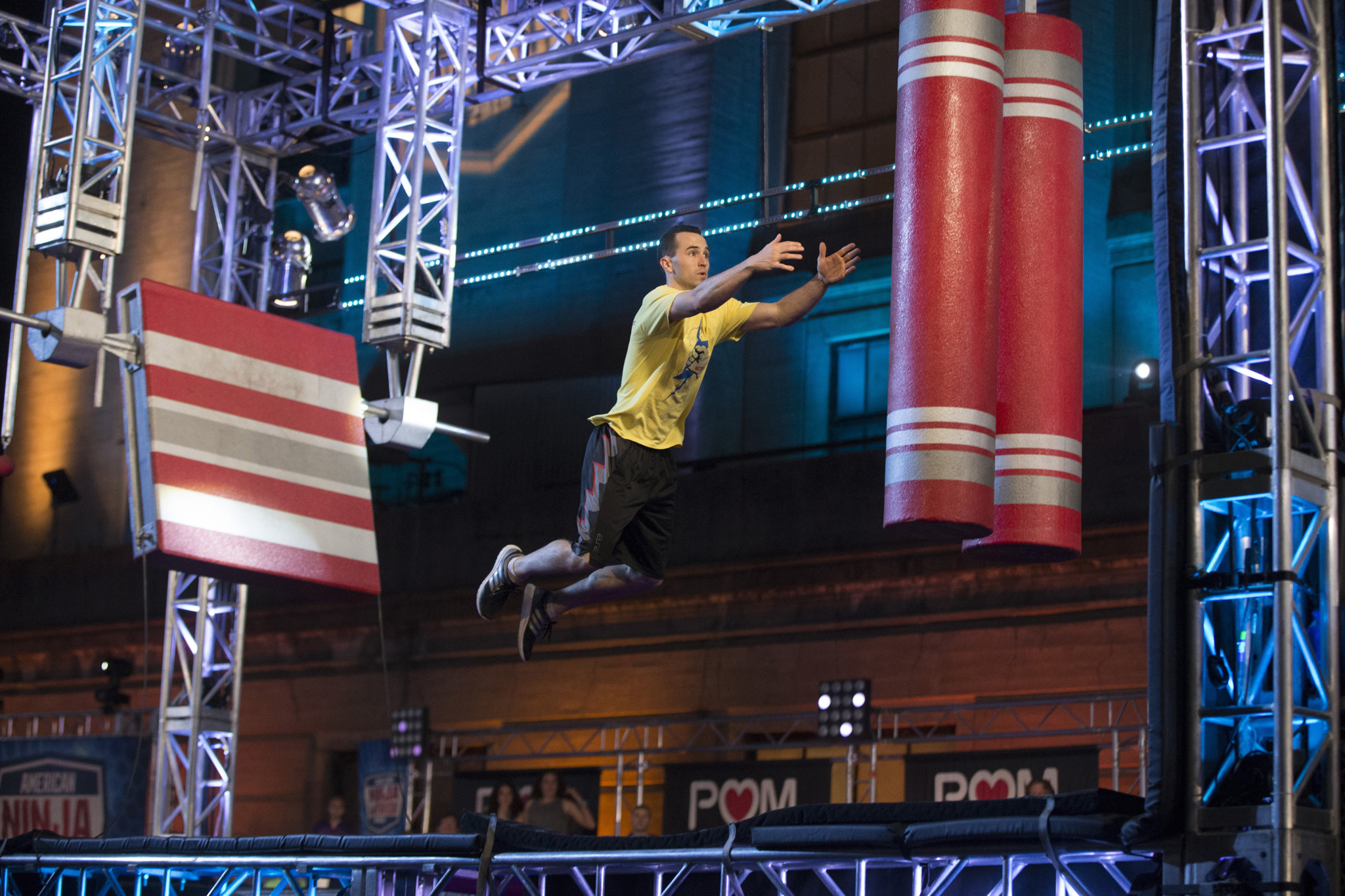
Mitchell Leff/NBC
Wall Drop
The 300-plus-foot course takes a week to erect, and one of this season’s new additions, Wall Drop, required some extra work. The challenge, which tasks competitors such as Joe Moravsky with jumping from a trampoline to two swinging logs, was originally designed with only one cylinder. But Weed says he added a second just a half hour before filming because aspiring Ninjas were jumping easily past the lone log during warm-ups. “We tested it and still had to change it,” he says.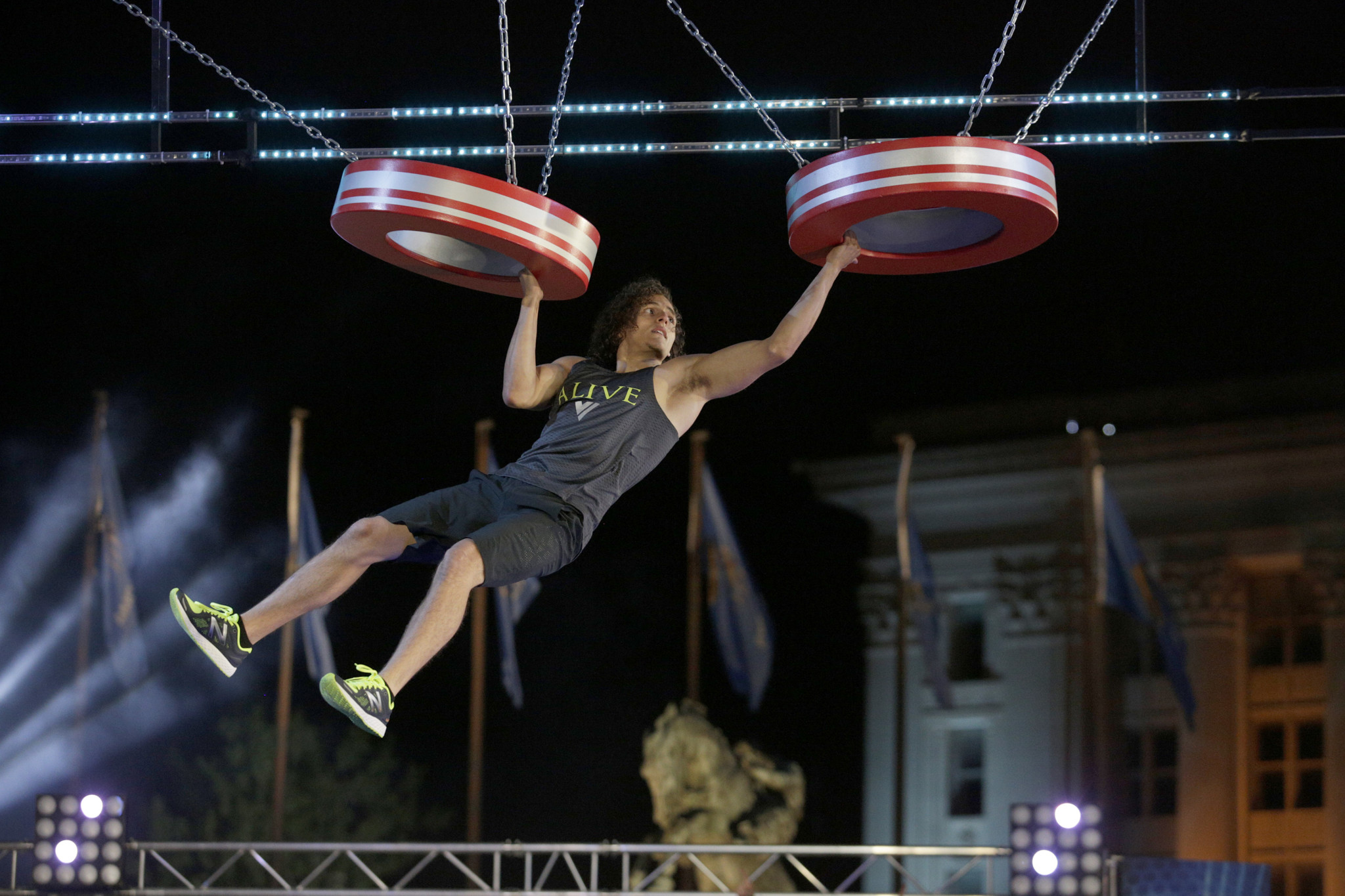
Brett Deering/NBC
Tire Swing
Introduced last season in Orlando, the Tire Swing challenge features three tires hanging from chains. Nearly impossible to keep steady, only two of the tubes have a hollow interior. “The first two, you can reach inside and grasp using your whole hand,” Weed says. But the last tire has a cap that stops competitors from putting their arms through. Looks like Daniel Gil has got it covered.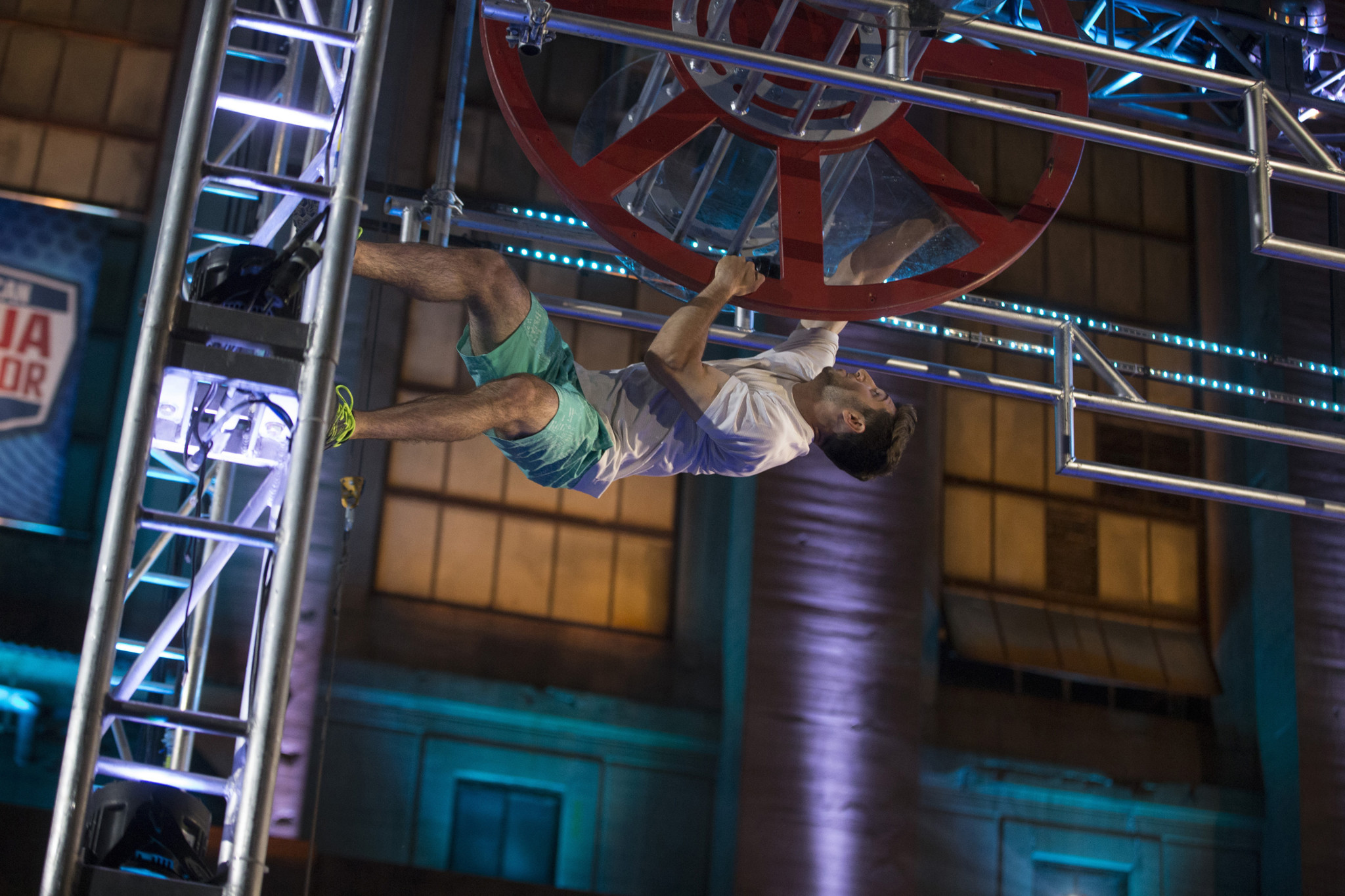
Mitchell Leff/NBC
Rolling Thunder
In this midcourse obstacle, Rolling Thunder, Anthony DeFranco had to grip on to a wheel while rotating it down a series of drops. “The sound it makes as it hits each drop reminded me of thunder, so we named it that!” Weed says. The plexiglass plates between the spokes keep contestants from hooking their arms all the way through.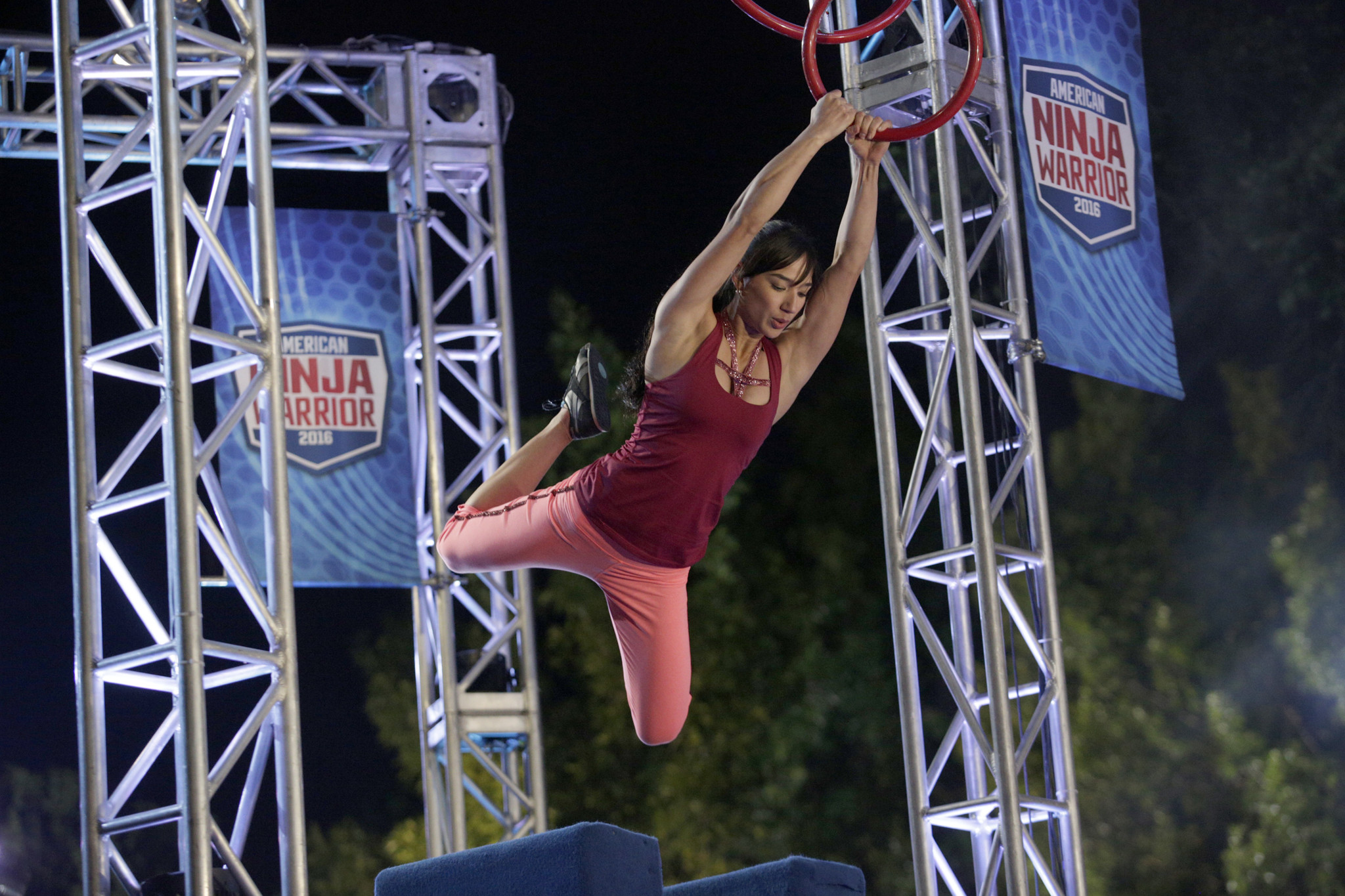
Brett Deering/NBC
Ring Swing
In Ring Swing, the athletes (go, Yvette Ontiveros!) must jump upward to undo the ring from a hook above before heaving their bodies over to a padded landing platform. All of this is caught on an array of cameras and GoPros built into the course’s framework. “We set the cameras up on the best obstacles to catch the major fails and falls,” Weed says with a laugh.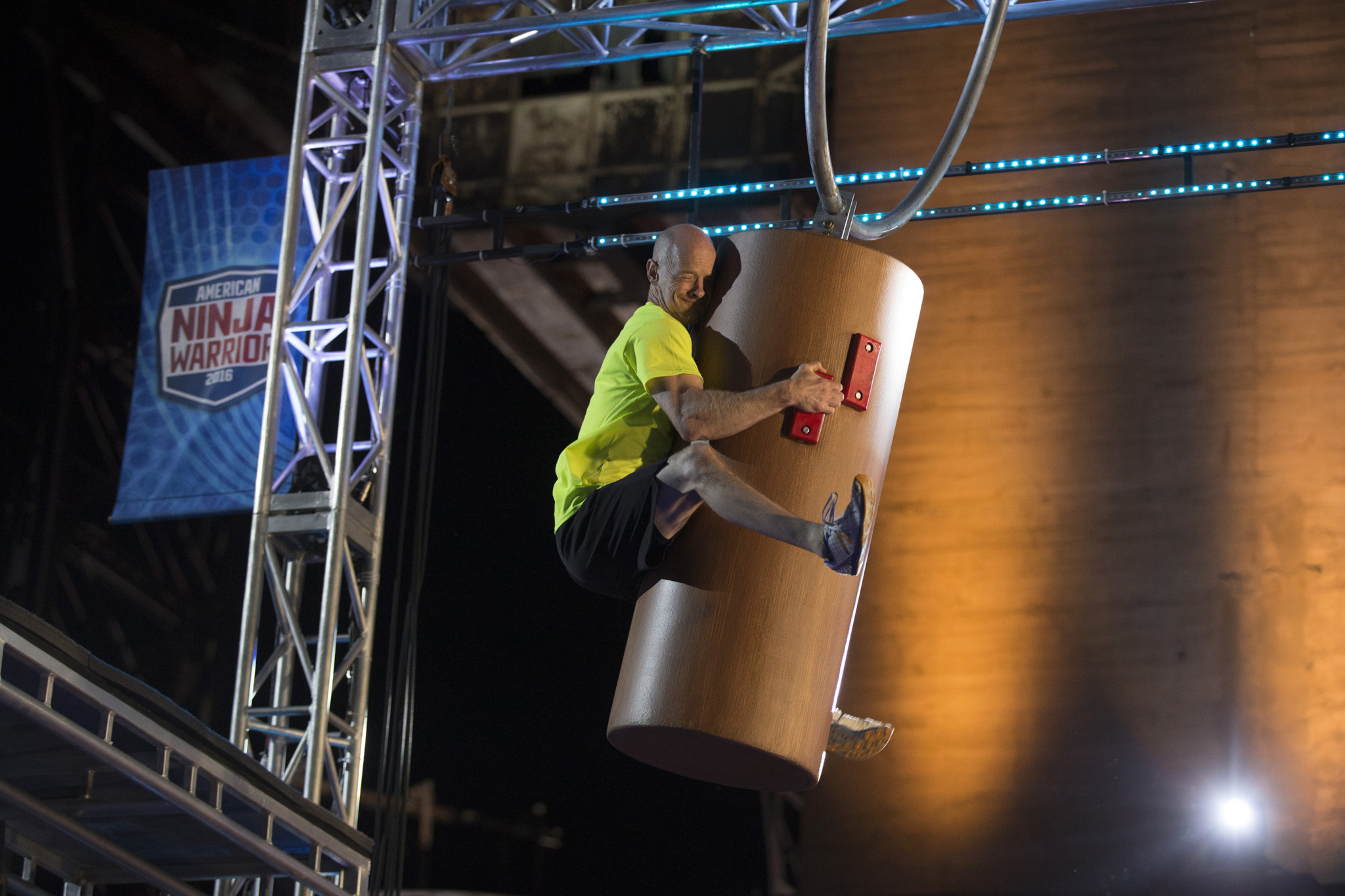
Mitchell Leff/NBC
Log Grip
The original Log Grip challenge requires both upper- and lower-body strength as the contestants attempt to hug a wide wooden tube while it slides down a crooked track to a platform. “There is a strategic way to do this obstacle,” Weed teases. “You can do it wrong and fail miserably, or you could do it and make it look really, really easy.” To be honest, we prefer the first.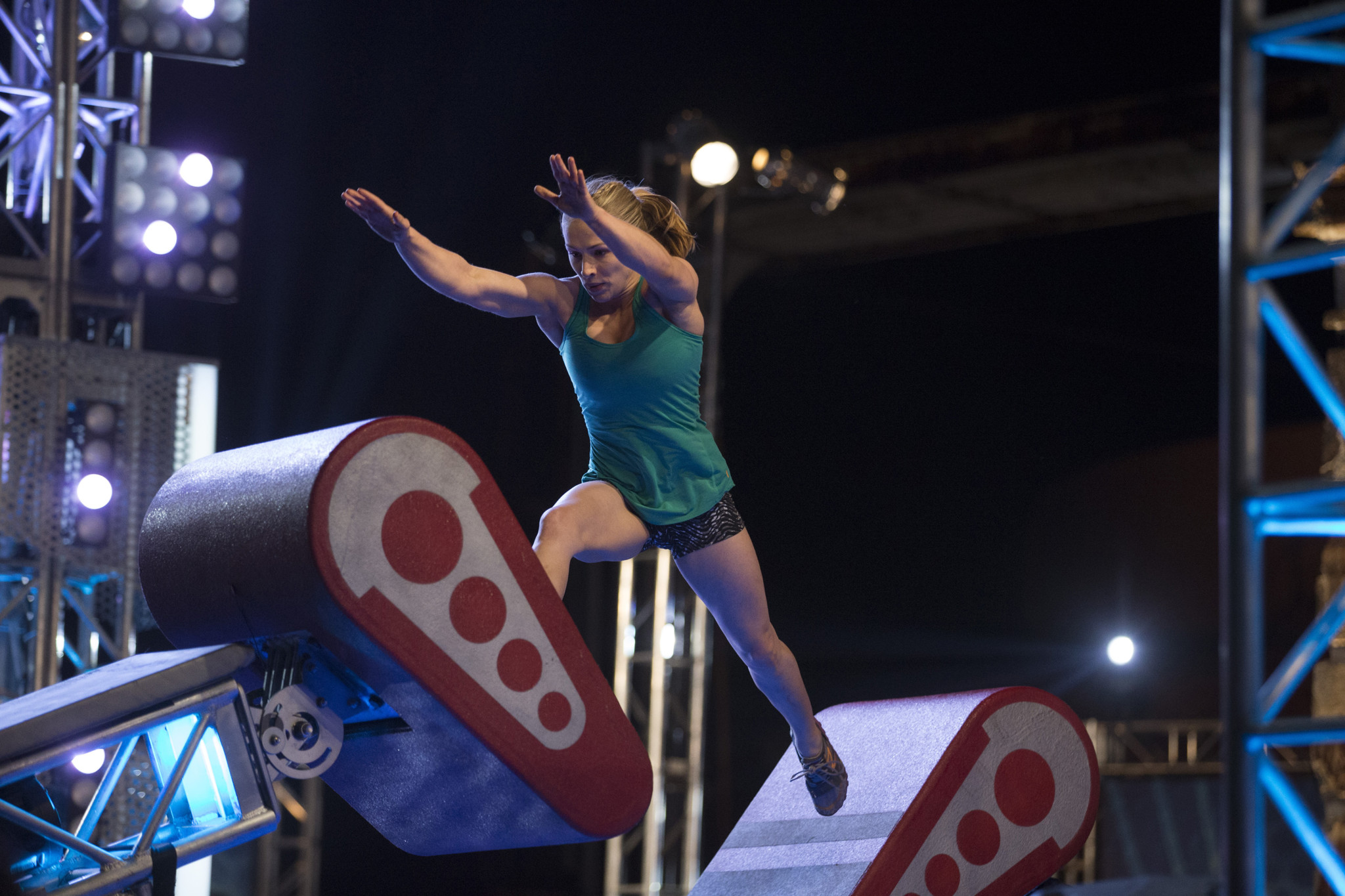
Mitchell Leff/NBC
Floating Steps
Floating Steps, one of the first challenges on the course, gives competitors like Eliannah Hunderfund a good leg workout—they ricochet across a field of pinball machine–like flippers that get steeper as they go. Failure here means an icy bath below. “Out of 100 to 120 people that run the course in every city, we lose half a dozen on that one obstacle,” Weed says.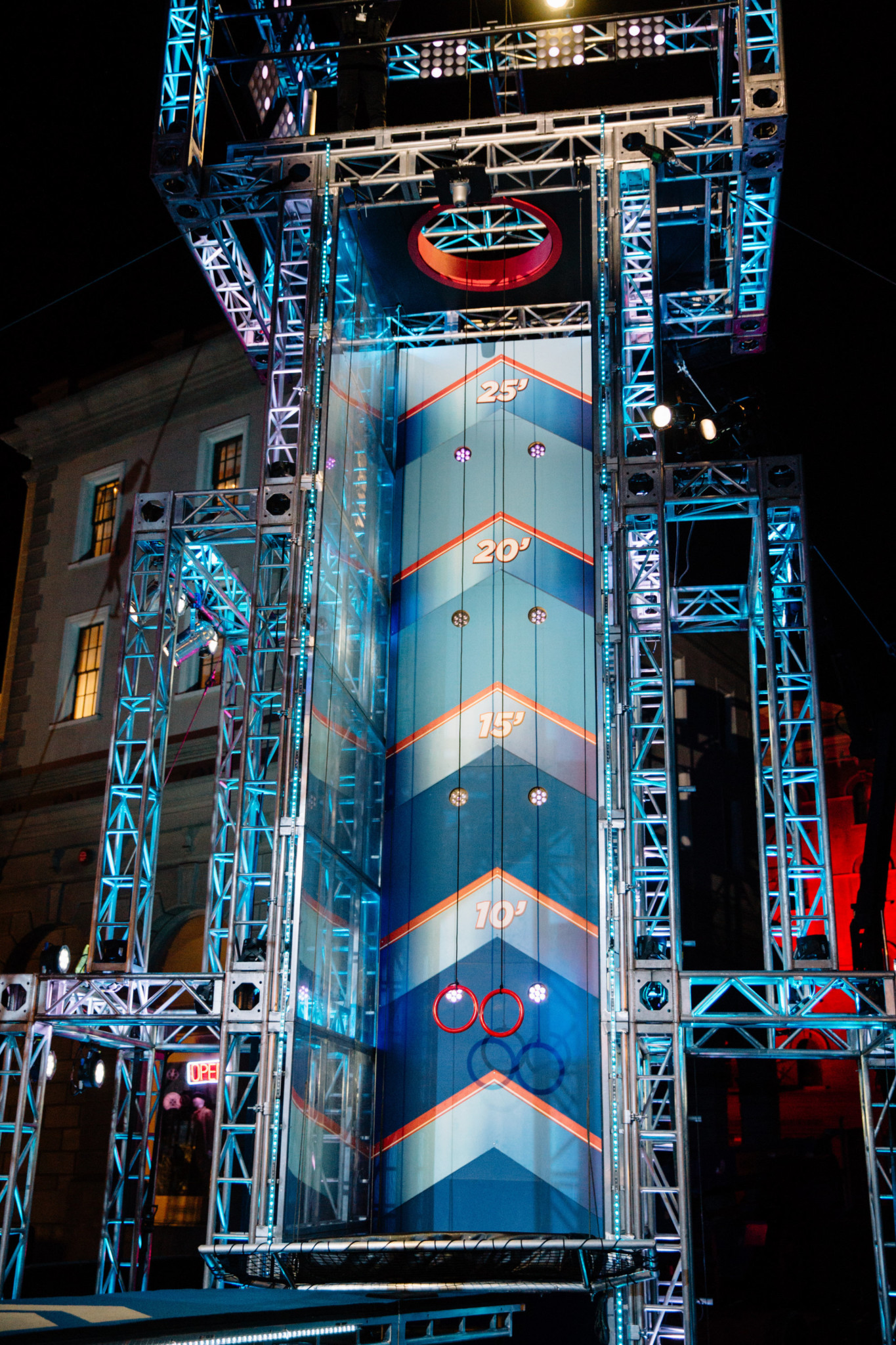
Ryan Tuttle/NBC
Ladder
“The back half of the course is more upper-body taxing,” Weed says, suggesting that competitors who make it to the Invisible Ladder should incorporate breathing to “keep the oxygen flowing to their muscles” as they grab two dangling rings and pump their bodies up a 30-foot chute to the final buzzer. Plus, practice is impossible: “It’s a hard one to build in your backyard!”
1 of
RELATED:
- Can American Ninja Warrior Vets Survive Spartan? (VIDEO)
- American Ninja Warrior: NASCAR’s Ricky Stenhouse Jr. Has the Need for Speed (VIDEO)
- American Ninja Warrior‘s New Obstacle Gets a LEGO Preview (VIDEO)
American Ninja Warrior, Mondays, 8/7c, NBC.


1
Ree Drummond’s Daughter Celebrates Baby Shower – See Cute Photos & Video

2
‘Y&R’: Loren Lott & Chene Lawson to Return for Devon and Abby’s Wedding

3
Ryan Seacrest Stunned by ‘Wheel of Fortune’ Player’s ‘Unbelievable’ Skills

4
Did Steve Martin Just Confirm Martin Short & Meryl Streep Romance? Fans React

5
Behind the Scenes With the Stars of ‘Outlander,’ ‘Goosebumps’ & More at NYCC
